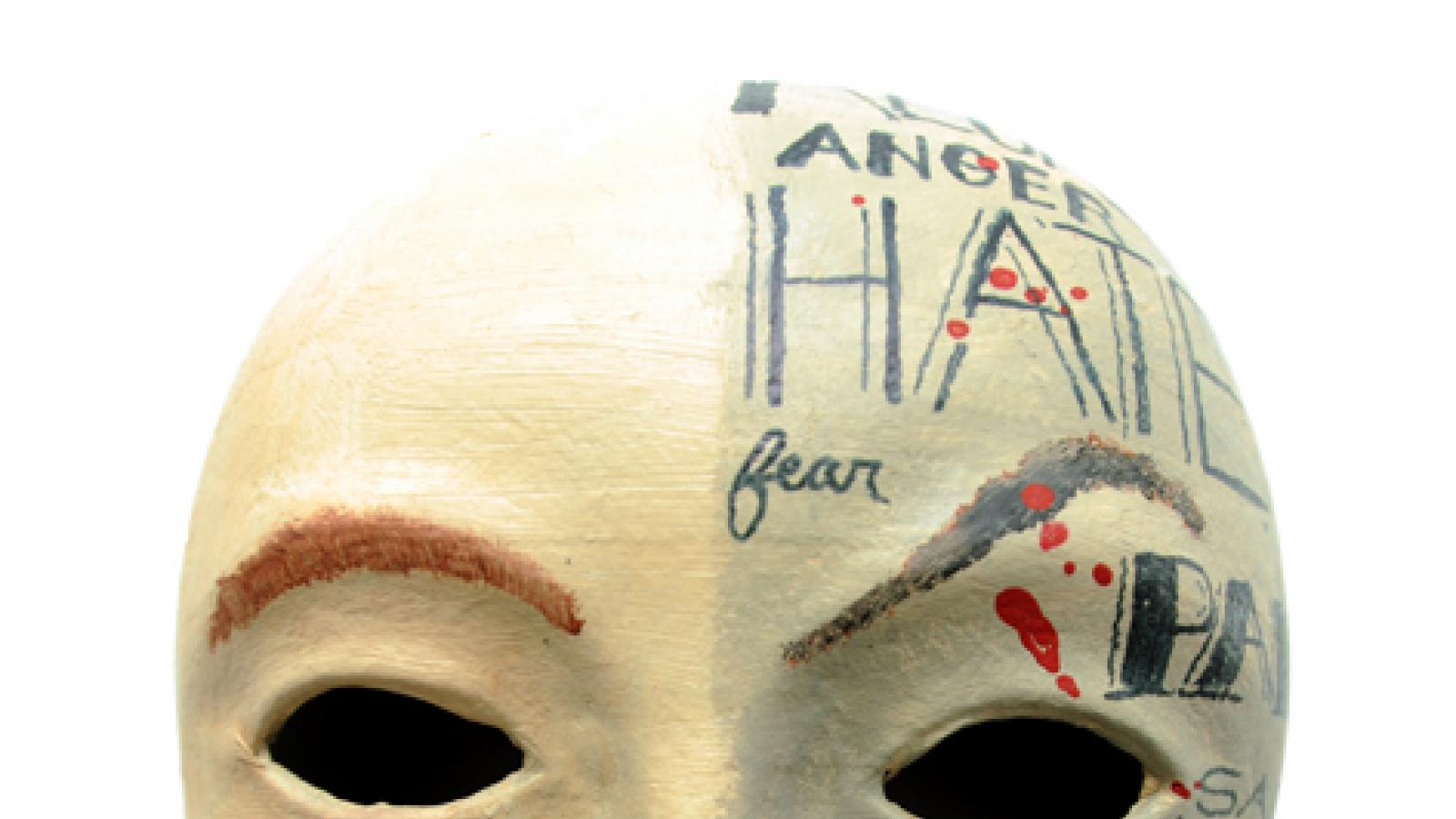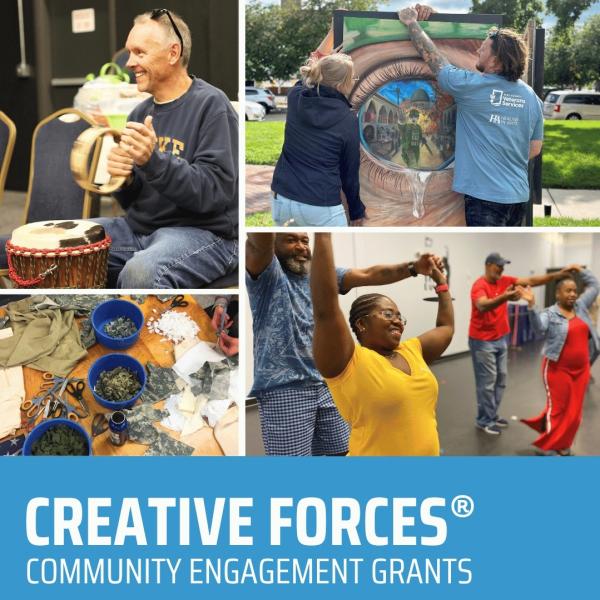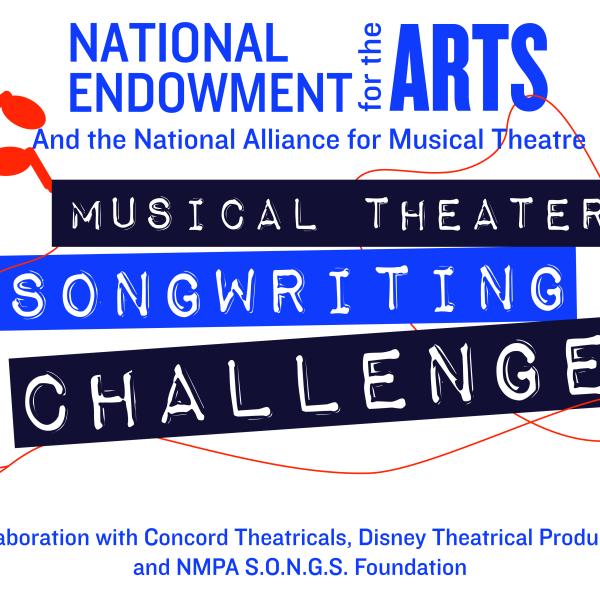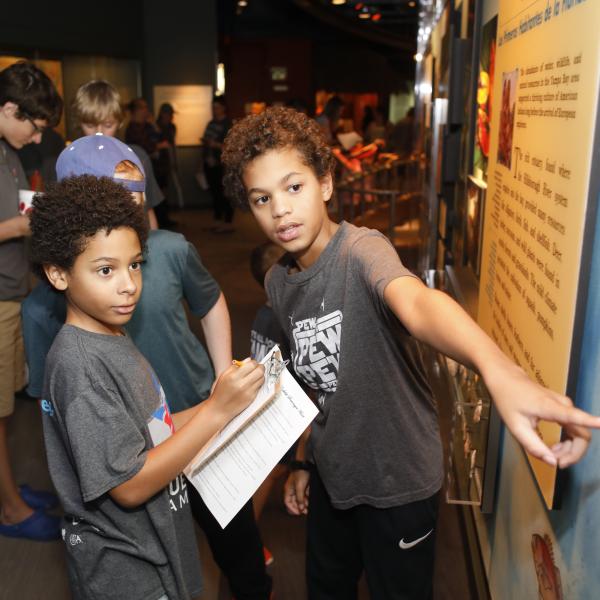The National Endowment for the Arts Announces Expansion of Creative Arts Therapy Program

Washington, DC -- The National Endowment for the Arts announces the expansion of its landmark arts partnership with the U.S. Department of Defense to bring art therapy to military patients at Fort Belvoir Community Hospital’s satellite center of the National Intrepid Center of Excellence in Fairfax County, Virginia.
The NEA will support a three-month pilot program at the new NICoE satellite dubbed “Intrepid Spirit One,” in which a creative arts therapist will conduct visual arts therapy and therapeutic writing activities with wounded warriors diagnosed with mild traumatic brain injury (TBI) and psychological health conditions. Belvoir Hospital’s NICoE satellite center is the first of nine satellite treatment centers nationwide that are based on the original NICoE, a state-of-the-art research and treatment center at Walter Reed National Military Medical Center in Bethesda, Maryland, to advance the nation's understanding and treatment of military patients with these invisible wounds.
"The NEA is honored that the creative arts therapy and healing arts partnership that we have established with Walter Reed has led to this opportunity to expand our efforts to contribute to health and healing in the military,” said NEA Senior Deputy Chairman Joan Shigekawa. "We are proud to partner with the Department of Defense to explore how arts can play a key role in fostering the health and well-being in the military community."
The program expansion at Belvoir Hospital’s NICoE satellite is the latest NEA effort to support healing arts in military settings. Since 2012, the NEA has partnered with the flagship NICoE research center at Walter Reed to integrate art therapy into treatment plans for active-duty military patients. Through this approach, creative arts therapists work side-by-side with neurologists, physical therapists, and other healthcare providers to create individualized treatment plans for military patients with TBI and psychological health issues. Together with Walter Reed and NICoE partners, the NEA has helped support and develop therapeutic writing and music therapy for patients, and is working to advance research on the effects of these interventions.
“The physical and mental consequences of warfare, from traumatic brain injuries to post-traumatic stress disorder, weigh heavily on our veterans and it is all of our responsibility to make them whole again,” said U.S. Congressman Jim Moran, 8th District, Virginia. “The ‘Intrepid Spirit One’ NICoE center at Fort Belvoir provides a unique partnership between creative arts therapists and traditional healthcare providers to heal our wounded warriors in mind and body.”
The NEA-supported creative arts therapy program at Belvoir Hospital takes place from November 2013 through January 2014. Creative arts therapist Jackie Biggs will bring the visual arts, mask-making, and therapeutic writing program developed at Walter Reed to military patients at the Belvoir Hospital NICoE satellite. Biggs will work with patients individually and in groups over the course of their treatment, using these therapies to help patients communicate, externalize, and process traumatic events, as well as improve and restore neurological and physical function. Service members receiving similar art therapy treatments have reported that art therapy has helped them relax during their course of treatment, and has given them a way to regulate their emotions, explore their identities, and provided an opportunity to memorialize significant people and events. Biggs will be an active member of the treatment team, officially documenting patient progress as part of the patients' medical records. The creative art therapy activities at Belvoir Hospital will be evaluated for longer-term implementation and replication at future NICoE satellites.
“Fort Belvoir Community Hospital is the center for health and well-being for this military community," said Col. Charles Callahan, the hospital’s director. "As the first DoD hospital with art as an integral part of its design, with more than 1,500 pieces of original art, we see firsthand that art and art therapy are central to the healing process of all of our patients, especially our recovering warriors."
As an outpatient program, the Belvoir Hospital NICoE satellite is designed to provide medical care to service members without having to separate them from their units or leave their families for extended periods of time. Up to 250 military patients will receive treatment at the satellite center during the three-month pilot program.
The National Endowment for the Arts is at the forefront of a national effort to support arts and health in the military. The NEA is a member of the National Initiative on Arts & the Military, a consortium of federal agency, military, nonprofit and private sector partners working together to advance the policy, research, and practice of arts and arts therapy as tools for health in the military. The initiative just released a white paper, Arts, Health, and Well-Being Across the Military Continuum, on integrating the arts into healthcare for the military and their families.
About the National Endowment for the Arts
The National Endowment for the Arts was established by Congress in 1965 as an independent agency of the federal government. To date, the NEA has awarded more than $4 billion to support artistic excellence, creativity, and innovation for the benefit of individuals and communities. The NEA extends its work through partnerships with state arts agencies, local leaders, other federal agencies, and the philanthropic sector. To join the discussion on how art works, visit the NEA at www.arts.org.
About Fort Belvoir Community Hospital
Fort Belvoir Community Hospital is a state-of-the-art, 120-bed facility and is one of the first military treatment facilities to use evidence-based design principles to better patient outcomes, decrease recovery times and to maximize provider and patient safety. Nature and its healing effects also play a large role in the hospital’s design and is a heavy theme throughout the facility’s five pavilions – Meadows, Sunrise, Oaks, Eagle, and River.
The $1.03 billion, 1.3-million-square-foot hospital has a seven-story main structure, flanked on each side by two outpatient clinic areas that provide both primary and specialty care. In total, Belvoir Hospital consists of five total buildings, 3,500 parking spaces, 44 clinics, expanded pharmacy services, 430 exam rooms, 10 operating rooms, two DaVinci surgical systems, two linear accelerator cancer/oncology systems, and one of the military’s only dedicated substance abuse programs.
Belvoir Hospital integrates research-based architectural design, holistic healthcare, evidence-based practice concepts. Perhaps most noticeable design feature are the four large swoops atop Meadow, Sunrise, Eagle, and River Pavilions. The swoops pay homage to Fort Belvoir’s large bald eagle population and eagle preserve wetlands near the Potomac River. Functionally, the swoops collect rainwater and funnel it to large cisterns built under the facility. The cisterns are used to irrigate the gardens and other landscaping areas on the medical campus. The swoops also protect heating, ventilation, and air conditioning equipment from weather, which increases equipment efficiency and lifespan.
# # #
The National Initiative for Arts & Health in the Military has released a new white paper on the arts and creative art therapy for the military, their families, veterans, and the military community.
Contact
Sally Gifford
NEA Public Affairs
202-682-5606
giffords@arts.gov






